Totally '80s box art!
Once-radical packaging from the era of day-glo everything
Also, Journey had its own games, which were played only by really attractive people:

Above: The ad said so and everything
But while a lot of the games from the era still hold up today, the boxes they came in often aren’t so lucky. Guided by a desire to sell to young Whitesnake fans who thought mullets and hot pink were the height of cool, ‘80s box art tried hard to fit in with the standards of its era, which of course dated it horribly and gave us something to laugh at some 20 years later.
Images fromMobyGames,VGMuseum,The Arcade Flyer ArchiveandCover Browser.
Kid Niki: Radical Ninja (NES, 1987)
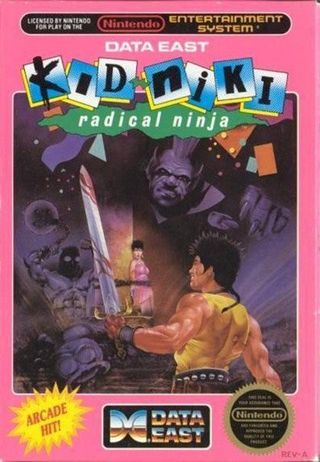
Kid Niki’s box is a near-perfect confluence of everything 1987’s middle-schoolers thought was cool. You’ve got a ransom-note logo, a bunch of floating geometric shapes and a hero with a skintight tank top, studded belt and rat-tail mullet. Better still, there’s lots of really hideous pink and green everywhere. Actually, the only thing missing is a huge pair of garish, plastic sunglasses...
Shatterhand (NES, 1991)
Sign up to the GamesRadar+ Newsletter
Weekly digests, tales from the communities you love, and more

Oh, there they are! Shatterhand took them. There’s that mystery solved.
Some of you might have noticed that Shatterhand came out in 1991 and does therefore not qualify as “Totally ‘80s” box art. But it’s important to remember that - in bold defiance of established chronological norms - the ‘80s actually managed to last well into the early ‘90s. It wasn’t until MC Hammer imploded like a collapsed star that we were finally free of pastel fashions and hokey drum machines.
One-on-One (Colecovision, 1984)
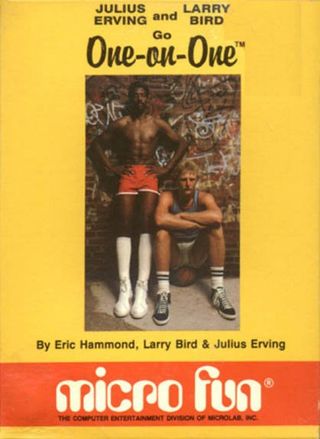
Conversely, while the ‘80s extended into the early ‘90s, a lot of people today have forgotten that the first few years of the ‘80s were actually the ‘70s. Hotpants on men weren’t just fashionable – they were mandatory. That’s why everyone in 1984 recognized these two men as well-respected basketball legends and not male prostitutes hanging out on a street corner.
Treasure Master (NES, 1991)
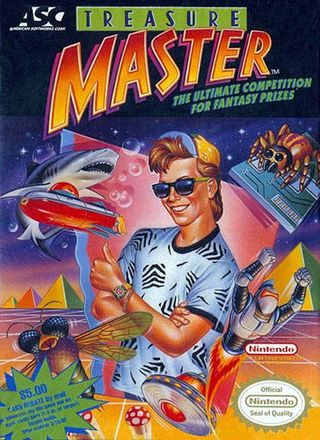
You laugh now, but this kid is the epitome of late-‘80s cool. From his tiny cap and shaggy mullet to his fake Ray-Bans and rubber band-protected Swatch, his is a look that screams, “I am a radical dude who is not afraid to say ‘no!’ to drugs!” It’s because of this kid that Treasure Master was one of the hottest games of 1991. It had nothing to do with the fact that you could win up to $10,000 in real money just by finishing the stupid game. No no no.
Super Skateboardin’ (Atari 7800, 1988)

While modern skateboarding titles decorate their cases with moody silhouettes or close-ups of celebrity skaters, Super Skateboardin’ told you everything you needed to know about the game with minimalistic precision: It involved skateboards, and it was RAD. You could tell how rad it was not only by the ever-beloved pink-and-green motif, but by the spraypaint-stencil logo, the awesome flat board and the speckled Chuck Taylors with unimaginably hip pink laces.
Actually, those laces probably would have gotten you teased even in 1988’s schoolyards. No wonder the 7800 was a failure.
MagMax (NES, 1986)
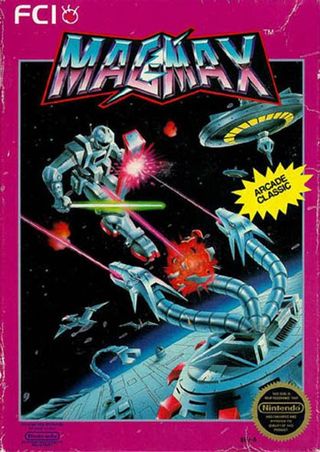
Now, MagMax, on the other hand… holy shit. This image is the stuff Trapper Keeper dreams were made of. Not only was it framed by a firm, masculine shade of shocking pink, but it had a robot with a lightsaber fighting a laser-breathing robot dragon in space, while a space pterodactyl swoops in the background and… wait, does that say ARCADE CLASSIC!? We don’t even care what the game is, we just have to have that box.
Totally Rad (NES, 1991)

Totally Rad (released in Japan as “Magic John”) reminds us that ‘80s aesthetics weren’t just about hot pink. In a pinch, garish shades of yellow could work just as well, provided they contained some kind of barely visible pattern and you could wedge something with a fuchsia Mohawk in there somewhere.
Renegade (NES, 1988)

For whatever reason, you just weren’t considered tough in the 1980s unless you wore a denim vest, a ripped shirt and a headband. Bonus toughness points were awarded if the ripped shirt didn’t completely cover your abs. You could probably also get away with wearing a Mohawk instead of a headband, but those wouldn’t do as good a job of catching the sweat generated from swinging chains around and/or getting your ass kicked by clean-cut guys who tucked in their shirts.
These aesthetics were clarified considerably on Renegade’s Commodore 64 box:
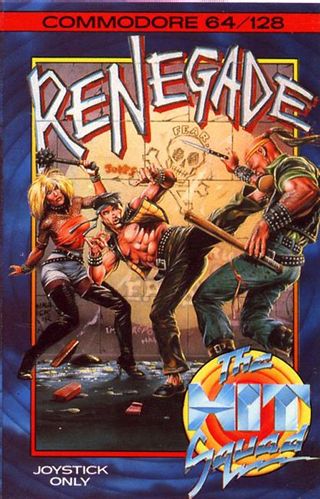
Here, we see that lots of studded leather was an absolute necessity for any tough guy who wanted to be taken seriously in the ‘80s, and that shaving off all your hair apart from a long ponytail was the absolute pinnacle of badass. The C64 box also shows us what was expected of female gang-bangers of the day, which apparently included denim hotpants, thigh-high boots, big hair and a terrifyingly mannish jawline.

Street Fighter (Commodore 64, 1988)

This same coiffed-on-the-streets aesthetic was used to sell the Commodore 64 version of Street Fighter. As we know now, this image totally had anything at all to do with the game inside.
Rival Turf! (Super NES, 1992)
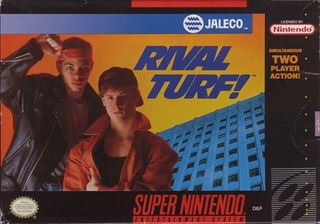
Meanwhile, this is how anyone trying to emulate the ‘80s thug uniform looked in real life. It’s kind of startling to realize what we thought looked tough back then.
Most Popular




